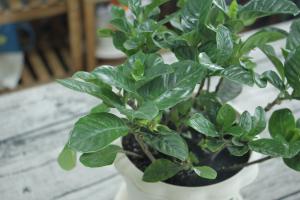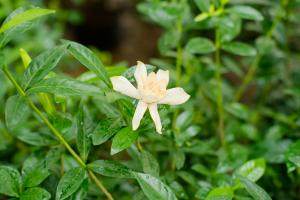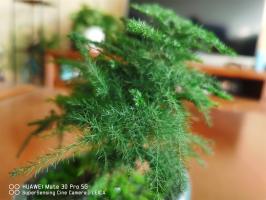Which Plant Group Contains Cone-Bearing Conifers Like Ponderosa Pine Trees?
When it comes to conifers like the Ponderosa Pine tree, they belong to the plant group known as gymnosperms. The word "gymnosperm" comes from the Greek term for "naked seed," which refers to the plants' reproductive structures. Gymnosperms are some of the world's oldest and most distinctive plants, appearing in the fossil record as far back as the early Carboniferous period around 300 million years ago.
Characteristics of Gymnosperms
Gymnosperms typically produce woody stems and have needle-like or scale-like leaves that are evergreen. One of the distinctive features of gymnosperms is that their seeds are not enclosed within fruit as they are in angiosperms, but are typically borne on cones or in some other type of structure. Additionally, gymnosperms often have a secondary growth pattern, which allows them to continue growing in width for many years. This is different from most other plants, which stop growing in width after a few years.
Diversity of Gymnosperms
Gymnosperms are a diverse group of plants that are found all over the world. In fact, they make up a significant portion of the world's flora, with approximately 1,000 species currently identified. Some of the better-known gymnosperms include not only the Ponderosa Pine, but also the Norway Spruce, the Douglas Fir, and the Giant Sequoia. Many conifers used for Christmas trees, such as the Balsam Fir and the Scotch Pine, also belong to this group.
The Importance of Gymnosperms
Gymnosperms are an important group of plants for human society. Many species are used for lumber, paper production, and other manufacturing processes. They provide essential habitat for wildlife, and they are also popular ornamental plants in gardens and parks. Additionally, some gymnosperms have medicinal properties and are used in traditional medicines around the world. Finally, because of their unique adaptations to harsh environments, they are an important tool for scientists studying the evolution and ecology of plant life on Earth.
Conclusion
In conclusion, if you are looking for cone-bearing conifers like the Ponderosa Pine, then you should be looking at the gymnosperms. From the stately Giant Sequoia to the humble Christmas tree, gymnosperms provide essential services to both human beings and the natural world. So next time you encounter a cone-bearing tree, take a moment to appreciate the unique adaptations and origins of the gymnosperm group.

 how many times do yo...
how many times do yo... how many planted tre...
how many planted tre... how many pine trees ...
how many pine trees ... how many pecan trees...
how many pecan trees... how many plants comp...
how many plants comp... how many plants can ...
how many plants can ... how many plants and ...
how many plants and ... how many pepper plan...
how many pepper plan...































